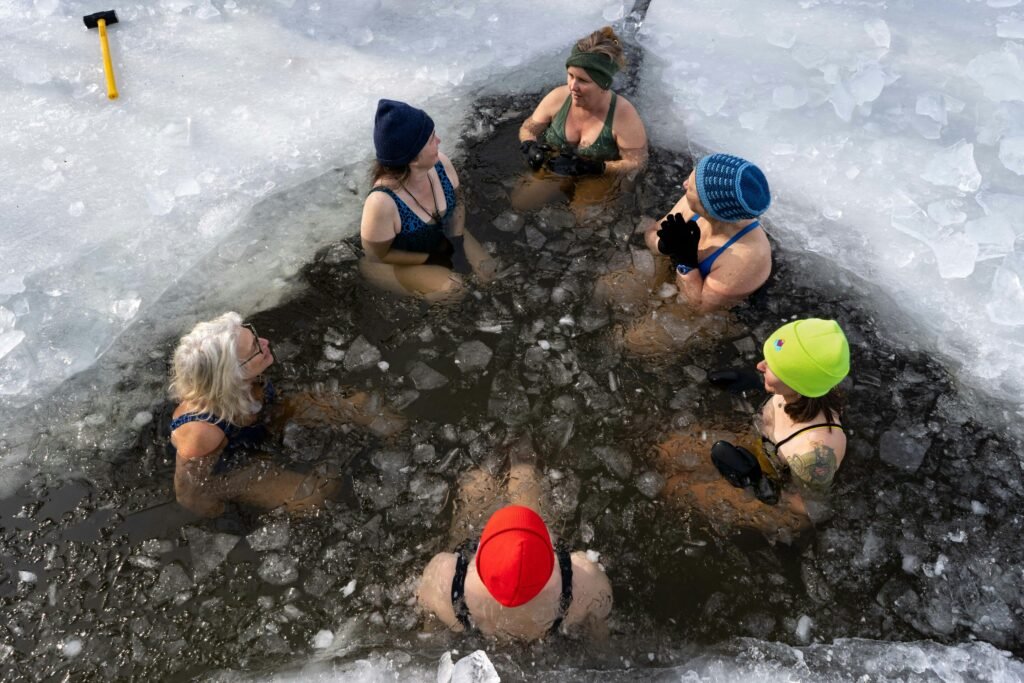A recent study published in PLOS One by Vanessa Wellauer and colleagues at the University of Applied Sciences and Arts of Southern Switzerland suggests that cold- and hot-water immersion may not improve recovery from exercise-induced muscle damage in women. The randomized clinical trial involved 30 female participants who performed a rigorous exercise routine of five sets of 20 drop-jumps from a 0.6-meter-high box.
Participants were randomly assigned to either no immersion or to immerse up to the sternum in a small inflatable pool of hot or cold water for 10 minutes immediately after exercise and again two hours later. The researchers analyzed various physiological measurements and found differences between the cold- and hot-water immersion groups and the non-immersion group. However, despite these differences, neither cold- nor hot-water immersion resulted in better muscle recovery outcomes compared to non-immersion.
The study assessed recovery by measuring swelling of knee extensor muscles, muscle soreness ratings, serum creatine kinase levels, and maximal voluntary isometric contraction before exercise and at 24, 48, and 72 hours post-exercise. No significant differences were observed between the groups in terms of muscle recovery outcomes.
These findings highlight the complex relationship between physiological responses and muscle recovery outcomes in women. The authors suggest that future research could help shed light on the mechanisms underlying these links. They also propose additional research directions, such as evaluating exercise routines that more closely resemble real-world workouts and competitions.
For more information, the study titled “No acceleration of recovery from exercise-induced muscle damage after cold or hot water immersion in women: A randomized controlled trial” by Wellauer et al. can be found in PLOS One (2025) with the DOI: 10.1371/journal.pone.0322416.
Overall, this study challenges the common belief that cold- and hot-water immersion can expedite muscle recovery in women and emphasizes the need for further research to better understand the impact of these strategies on post-exercise recovery.


